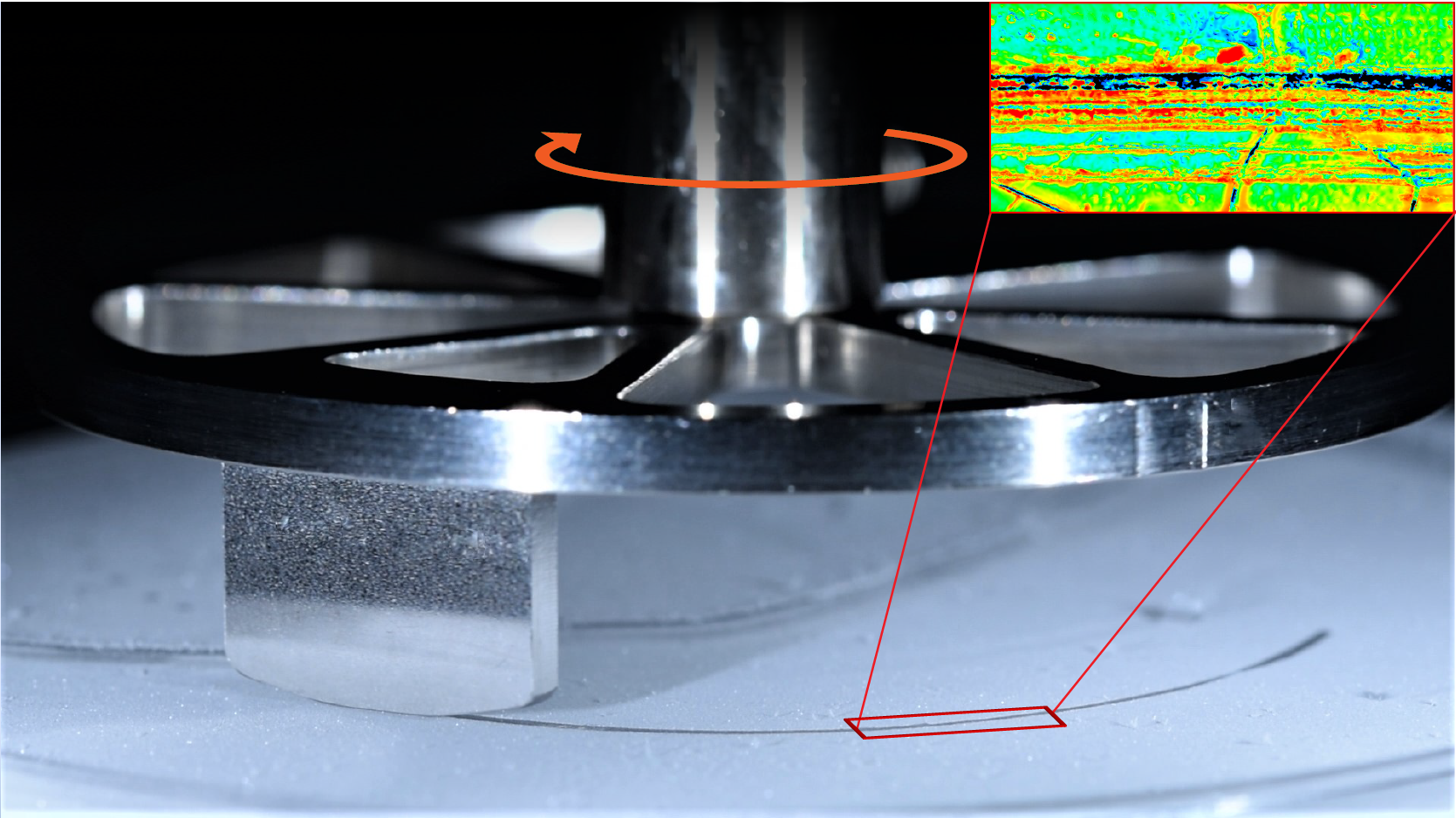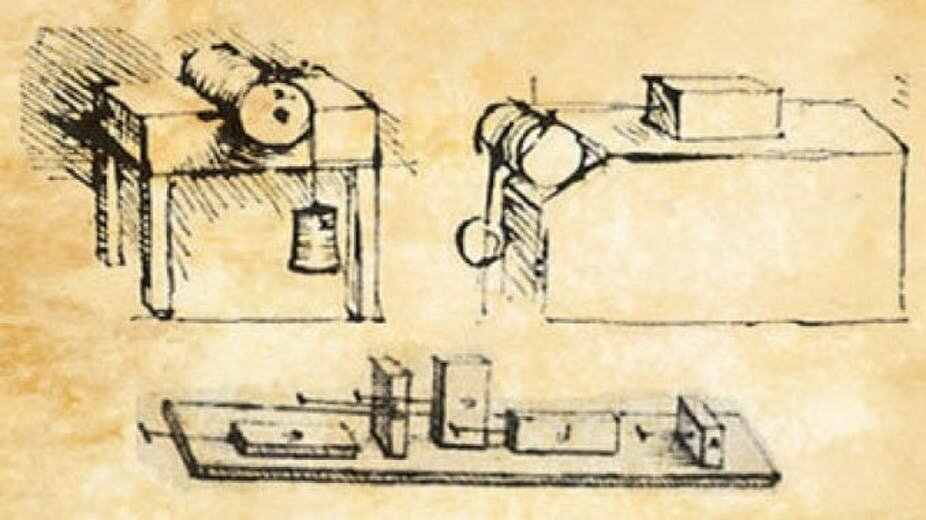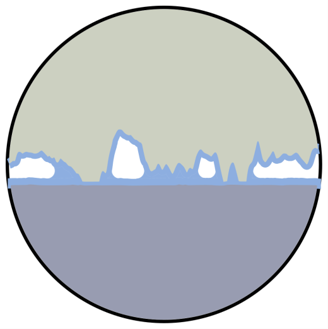
Why can we skate on ice?
As most people have experienced – either by accident or when wearing ice skates – ice is exceptionally slippery. The question why


As most people have experienced – either by accident or when wearing ice skates – ice is exceptionally slippery. The question why

Capillary adhesion can indirectly contribute to friction, especially at smooth interfaces in humid environments. Few experiments have addressed the mechanisms underlying the

The way in which an object starts to slip under an applied shear force, the transition from static to dynamic friction, is